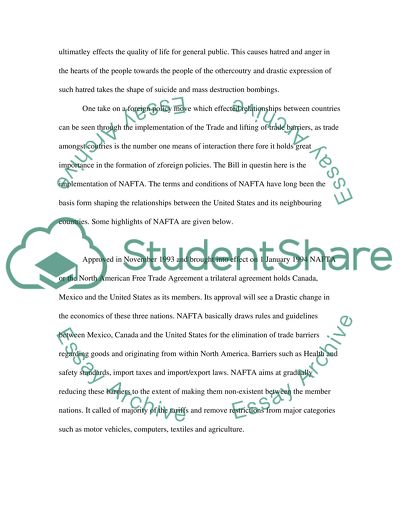Cite this document
(“US embassy safety after the 1998 US embassy bombings in Tanzania and Essay”, n.d.)
US embassy safety after the 1998 US embassy bombings in Tanzania and Essay. Retrieved from https://studentshare.org/politics/1523661-us-embassy-safety-after-the-1998-us-embassy-bombings-in-tanzania-and-kenya
US embassy safety after the 1998 US embassy bombings in Tanzania and Essay. Retrieved from https://studentshare.org/politics/1523661-us-embassy-safety-after-the-1998-us-embassy-bombings-in-tanzania-and-kenya
(US Embassy Safety After the 1998 US Embassy Bombings in Tanzania and Essay)
US Embassy Safety After the 1998 US Embassy Bombings in Tanzania and Essay. https://studentshare.org/politics/1523661-us-embassy-safety-after-the-1998-us-embassy-bombings-in-tanzania-and-kenya.
US Embassy Safety After the 1998 US Embassy Bombings in Tanzania and Essay. https://studentshare.org/politics/1523661-us-embassy-safety-after-the-1998-us-embassy-bombings-in-tanzania-and-kenya.
“US Embassy Safety After the 1998 US Embassy Bombings in Tanzania and Essay”, n.d. https://studentshare.org/politics/1523661-us-embassy-safety-after-the-1998-us-embassy-bombings-in-tanzania-and-kenya.


